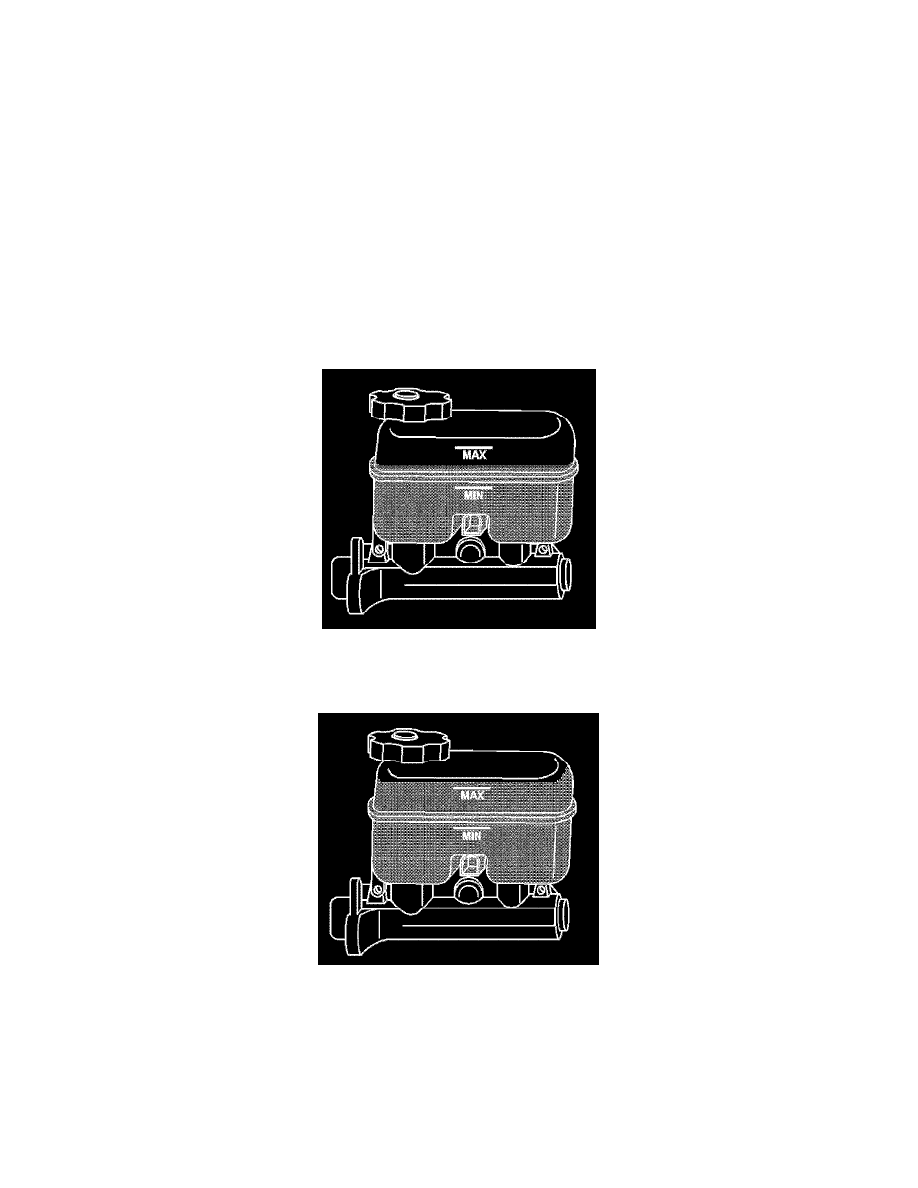Colorado 4WD L5-3.5L VIN 6 (2005)

Brake Rotor/Disc: Service and Repair
Brake Rotor Replacement
Brake Rotor Replacement
Removal Procedure
Caution: Avoid taking the following actions when you service wheel brake parts:
-
Do not grind brake linings.
-
Do not sand brake linings.
-
Do not clean wheel brake parts with a dry brush or with compressed air.
Some models or aftermarket brake parts may contain asbestos fibers which can become airborne in dust. Breathing dust with asbestos fibers may cause
serious bodily harm. Use a water-dampened cloth in order to remove any dust on brake parts. Equipment is available commercially in order to perform
this washing function. These wet methods prevent fibers from becoming airborne.
Notice: Avoid spilling brake fluid onto painted surfaces, electrical connections, wiring, or cables. Brake fluid will damage painted surfaces and cause
corrosion to electrical components. If any brake fluid comes in contact with painted surfaces, immediately flush the area with water. If any brake fluid
comes in contact with electrical connections, wiring, or cables, use a clean shop cloth to wipe away the fluid.
1. Inspect the brake fluid level in the brake master cylinder reservoir.
2. If the brake fluid is midway between the maximum-full point and the minimum allowable level, no brake fluid needs to be removed from the
reservoir before proceeding.
3. If the brake fluid level is higher than midway between thew maximum-full point and the minimum allowable level, using an appropriate tool,
remove the brake fluid to the midway point before proceeding.
